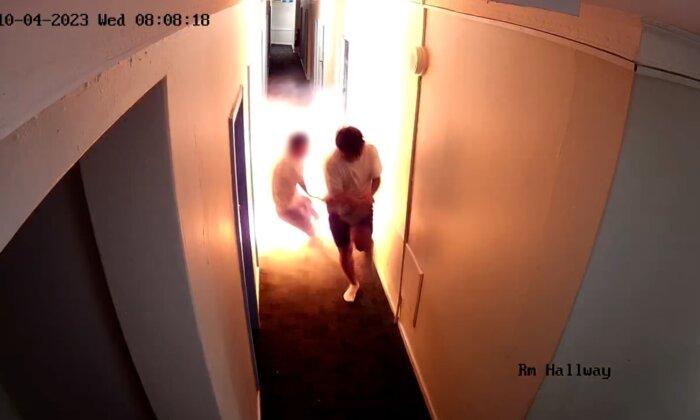The Albanese government’s federal budget includes $2 billion for green aluminium and $1 billion for green iron as part of a “support for Australian-made metals” plan.
Green aluminium and green iron are produced using renewable energy sources, rather than fossil fuels, to lower carbon emissions.
Treasurer Jim Chalmers delivered his final budget before the federal election, which includes $3.2 billion in funding over 19 years from 2024–25 to invest in Australia’s metals industry.
This funding will be provided to eligible Australian aluminium production facilities across the next 10 years.
Further, the government will provide $1 billion over seven years from 2024–25 for the Green Iron Investment Fund.
This will support green iron projects via capital grants to “support producers to establish or transition into low emissions facilities in Australia.”
Labor’s budget also includes $2 billion for the Clean Energy Finance Corporation to invest in renewable energy, energy efficiency, and low emissions technologies.
“The Government has already provided funding for this measure,” the budget said.
During his budget speech, Chalmers outlined how Labor plans to develop new industries in clean energy manufacturing, green metals, and low-carbon liquid fuels to unlock private investment.
“Building on the tax incentives for critical minerals and green hydrogen we legislated this year. We’re also backing clean technologies through our Future Made in Australia Innovation Fund and by recapitalising the Clean Energy Finance Corporation.
Chalmers said the agenda focuses on leveraging Australia’s industries, resources, skills, and investment appeal to grasp the jobs and opportunities of the net zero transition.
Taxpayer Dollars to Support Whyalla Steel Works
Up to $500 million has been earmarked to transform the Whyalla Steelworks, based in the South Australian seat of Grey, into a low-emissions facility.“The funding profile for this measure is not for publication (nfp) due to commercial sensitivities,” the government said.
In addition, the Labor government allocated $219.3 million over two years from 2024–25 to support Whyalla Steelworks during its administration.
“Funding includes $192.0 million over two years from 2024–25 as the Commonwealth’s co‑contribution to South Australia for the administration costs of the Whyalla Steelworks,” the budget states.
Climate Change and Extreme Weather Events
Budget paper one (pdf) released by the Labor government on March 25 claimed climate change was causing more frequent and extreme weather events with “compounding and increasing effects” on the economy.“To help strengthen our resilience and preparedness, the government is developing a comprehensive National Climate Risk Assessment and National Adaptation Plan to analyse climate risks and guide action,” the budget states.
“New climate disclosure rules now require large businesses to report on material risks to their operations, which will enable the private sector to make more resilient investments and reduce the costs of future disasters.”
The budget predicted Australia’s deficit would hit $42.1 billion, or 1.5 percent of gross domestic product, in the 2025-26 financial year. This is in contrast to the $15.8 billion surplus achieved in 2023-24.
In response, Shadow Treasurer Angus Taylor said the budget confirms Australians were poorer than before.
In contrast to the Labor Party’s plan for renewable energy only in Australia, the Coalition is looking to incorporate nuclear energy into the mix.
The Coalition claims their energy plan would save Australians up to $263 billion compared to Labor’s renewables-only approach.
“This means reduced power bills for households, lower operating costs for small businesses, and a stronger, more resilient economy.”







